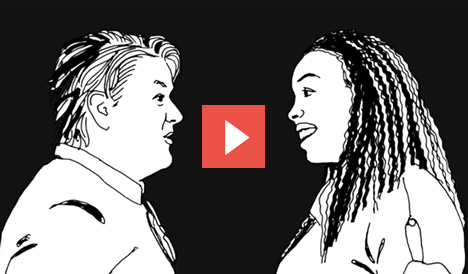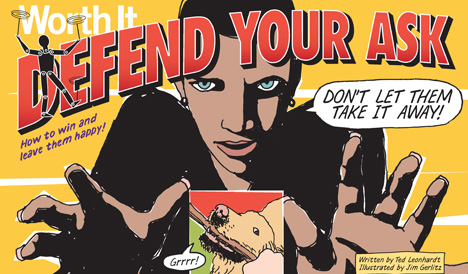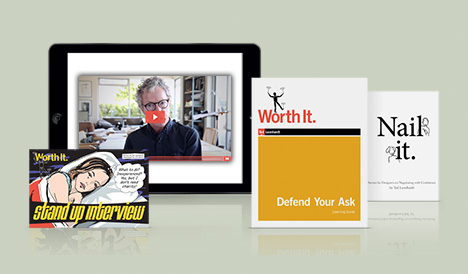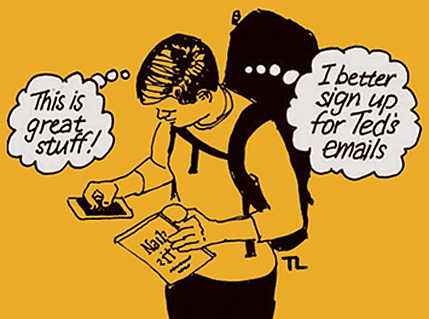7 Keys to Inspiring — and Winning — Clients
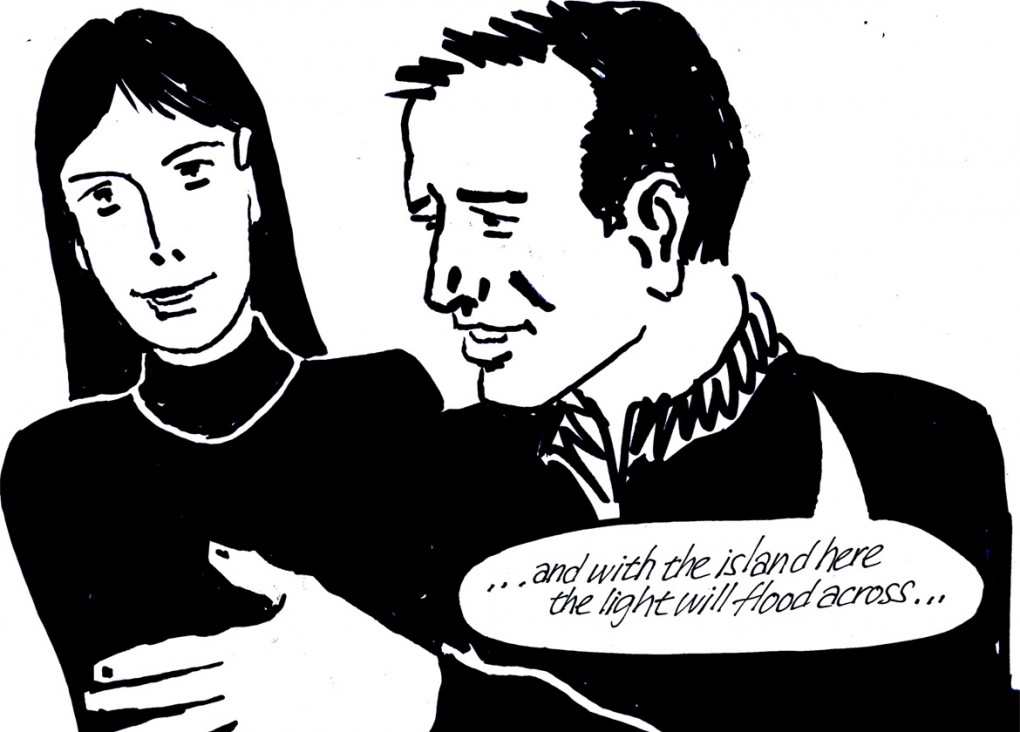
In the information age, we increasingly rely on evidence and data to guide our decision making. I advocate doing research before you negotiate. So it may surprise you when I tell you the most powerful skill in the creative’s negotiation kit isn’t data — it’s inspiration.
Creatives are well-positioned to use inspiration in our negotiations. After all, and our work is supposed to inspire. Our clients expect us to inspire them, so we can use this skill over and over again.
My friend Anne Traver realized the power of inspiration not from pitching clients as a creative director or a designer, but from a time when she herself was the client.
“Ever since the earliest days of my career I felt that substantiating my creative presentations with facts and figures was required. I suppose I lacked a bit of confidence in my work and felt it needed the support that only rational logic could supply.
“Naturally, I felt particularly vulnerable in sales presentations where my financial future hung in the balance. In those, I’d double down on whatever proof I could come up with. As you can imagine this wasn’t always terribly successful, but I kept at it, thinking that I just needed to be better at gathering facts and presenting them.
“Then, I was planning to remodel my kitchen — clearly I’d achieved some success, I could afford a new kitchen. I was in the process of interviewing architects, contractors and kitchen designers — all of whom persisted in presenting me with facts and figures about square foot costs, the effects of a new kitchen on home valuation, appliance costs, schedules, budgets, material tradeoffs – ugh! Confusing and all so boring.
“Then one day a contractor walked into my kitchen and said, ‘Anne, if we just cut in a series of floor-to-ceiling windows and a glass door over there, the afternoon light would flood in across the room here. Just imagine an island here and an evening dinner party with friends gathered around with the light making the room feel almost like you’re outside. And your garden is so beautiful. With the glass it would be visible.’
“I hired him. And I never led with facts and details again. I presented with how our work would engage with stories and lots of visual description. From then on, before any major presentation I thought long and hard about how I could inspire my client and get them on board with me on the project going forward.”
Inspirational Techniques
That contractor was a natural. In just a few seconds he used seven simple techniques and eliminated the competition. And he did it with a very sophisticated, design-savvy client. One that might have a strong sense of her own aesthetic.
1. Be real. He was absolutely genuine in his enthusiasm for how to improve Anne’s kitchen. It mattered to him. He really cared. Anne saw that there was nothing phony about his excitement. If he’d been even a tiny bit disingenuous she’d have noticed in a heartbeat. He believed in his ideas so she did too.
2. It’s not about you. He painted a verbal picture of what Anne’s experience would be in her new kitchen. He praised her garden. He never mentioned himself. He knew that because she had asked to see him that he was qualified and that he didn’t need to talk about himself, unless she asked. He made the encounter all about Anne.
3. Be strong. He didn’t hesitate to launch in to what he knew was the right thing to do. And he jumped into it with real power, all in her best interest. He had a strong concept and presented it with conviction. That strength was exactly what Anne needed.
4. Higher purpose. Anne’s contractor was clearly more interested in achieving a great result for Anne than anything else. That was his higher purpose. Sure he has mouths to feed and a mortgage to pay and needs the money, just like anyone else, but in the moment he was only interested in doing a great job for Anne.
5. Tell a story. Like all creatives he obviously thinks in pictures, feels the emotions and understands that a story can help us all connect on an emotional level. It all seemed to come naturally to him. And it probably is at this point in his career, but this is a learned technique.
6. Appeal to their ego. Anne could feel the sense of pride she knew that she’d experience with that first dinner party. Yes her ego was stroked and in the best possible way.
7. Give them hope. His whole pitch was about hope, especially after all those boring meetings with the facts and figures folks. Hope for a better future is a fundamental human need. The contractor tapped into it beautifully.
Finally
Inspirational insights are the primary reason creatives are engaged. These insights come from the passion we have for our work. That passion is what drives us to continually explore and improve our skills. The resulting expertise is where our power comes from. Inspiration or the potential for inspiration is why we get invited to the party. Use it!

